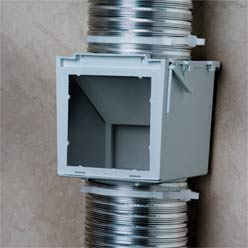I've been buying miniatures from Shapeways (particularly Mel's) for years but I've never really painted them. I thought I would give it a try after being semi-successful at painting Imperial Assault minis.
The results have been very mixed. Basically my technique is to prime the ships, paint in engine glow, and then put a wash over them to bring out the details in the paneling.
This works amazing for the most part. But when there is smudging or too much wash, I simply don't know how to fix it.
And on the big ship that I tried (the Praetor from Ferlin Pomfrett), it was a bigger failure.
I'll post pictures of each ship set. I've painted two 1/7000 Vindicators from Mel, two 1/7000 Arquitens from Mel, one 1/7000 Nebulon-B from Mel, one 1/7000 Dreadnought from Mel, one Vexatus from Ferlin, and one Praetor from Ferlin.
To start, here are the Vindicators. One of them is excellent, but one features the panel smudging and imperfect correct I referred to.















